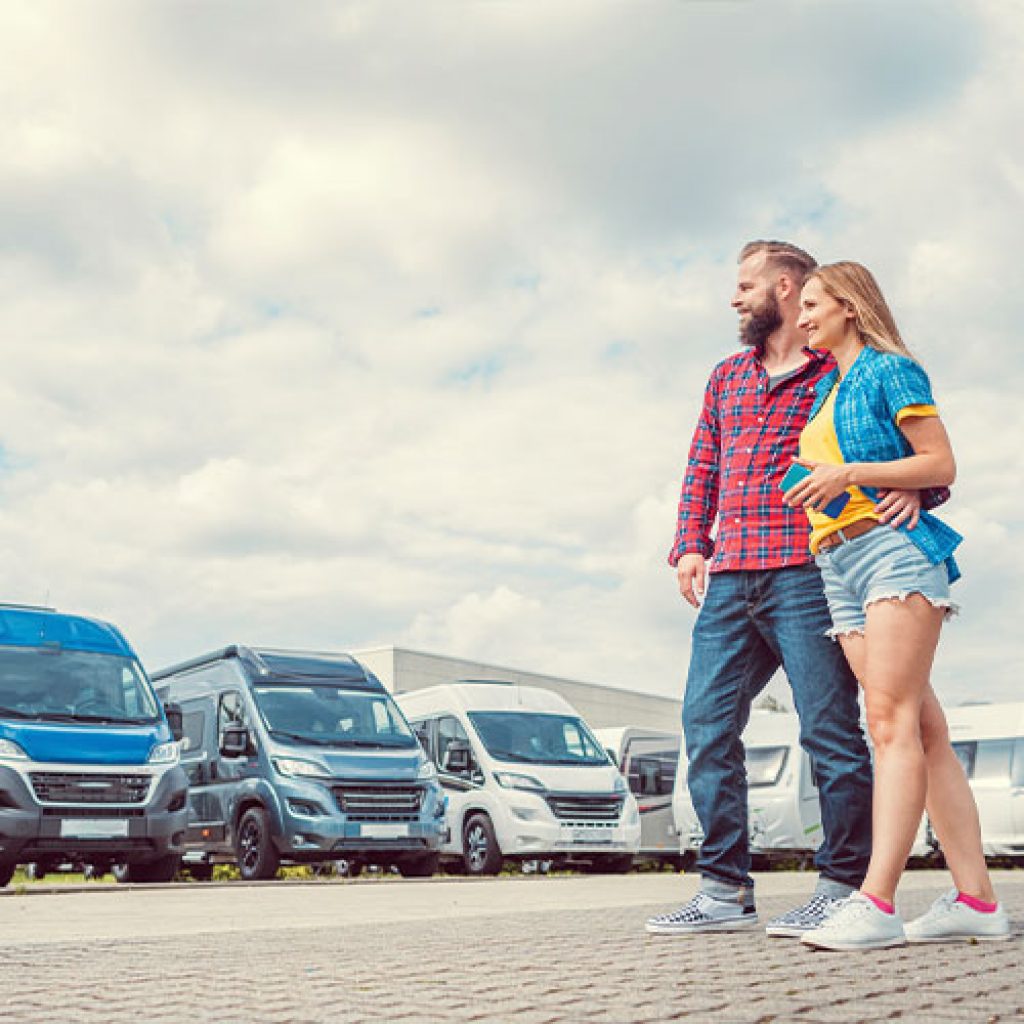Australia is a huge country, and many people will agree that driving in Australia is one of the greatest things to do with all the freedom of the world (Australia).
Of course there are many ways to travel in Australia; by plane, hop on/hop off bus, trains, express busses, and guided tours. If you want any information on this, do not hesitate to ask the staff at the Australian Backpackers.
If you are looking for FREEDOM, ADVENTURE and did we say FREEDOM…fill out the quote form and we will help you find the best available and suitable campervan for your road trip or just starting searching yourself
See below some information we have put together on driving in Australia.
DISTANCES
As we mentioned, Australia is a big country and many people underestimate the distances from A to B. When you look online and see that the distance from Sydney to Brisbane is ‘only’ 915.8 kilometres, you will easily be driving a few hundred more, since you will stop/detour/take a wrong exit/do some sightseeing.
If you have the time and want to enjoy your trip, we recommend that you do not drive more than 150/200 kilometres per day. You also want to explore some of the best that Australia has to offer too while you are here. Take your time and take it easy…most likely you will be doing this only one time in your life, so you might as well soak up all the adventure and culture and nature while you can.

DRIVER’S LICENSE
You need to have your driver’s license on you as proof, and if this is not in English, it would need to be accompanied by an international driver’s license. If your driver’s license is not in English and you would need a translation, there are a few companies where you can have your license translated.
KEEP LEFT
In Australia, people drive on the left side of the road. If you drive on the ‘other’ side of the road in your home country, don’t worry too much. It might take a little bit of getting-used-to, but within no-time you will be very comfortable driving on the left side (you might have to get used again when you go back to your home country). Also keep in mind that you have to take roundabouts in the other direction as well.
In cities and towns it is very easy, as there are signs everywhere and you can follow traffic. It might be harder when you are on a long stretch of road with no other traffic, and you suddenly start to wonder on which side you must drive.
SEATBELTS AND CHILD RESTRAINTS
According to law, seatbelts must always be worn when driving and this is the same for all passengers in the car. For children under 7 years old, they must be in a child restraint appropriate for the child’s size and weight.
OBEY THE ROAD SIGNS
You should familiarise yourself with the road signs in Australia and make sure you obey them. Most road signs will be familiar as to your own country, but there are a few signs they might not have in your home country (the kangaroo and koala ones for example). At some traffic lights you are allowed to turn left at any time, which is not common in many other countries. Always STOP first and check if save to start driving.
See here the road signs they have in Australia.
SPEED LIMITS
Speed limits are very strict in Australia.
The speed limit is the maximum speed permitted on that road and you must not drive above the speed limit at any time. Some roads do not have visible speed limit signs, but speed limits still apply. You should be especially careful in residential areas and in school zones. When driving in school zones, you cannot drive any faster than 40 kilometres per hour. If you do speed and get caught (by speed meters or police) penalties will be very high, and a waste of your money (you rather use it for fun things). This is the same for driving through a red light and other offences. You would not do this in your home country either, so just drive according the rules and then it will be most fun and safest for everyone.
ALCOHOL AND DRUGS
As in all countries, driving under the influence of drugs or alcohol are extremely dangerous. If you get caught in Australia while being under the influence, the penalties will be very high.
There are a lot of RBT (random breath testing) stops by police at any time of the day. Also when you are in the outback and you think you are okay to drive, don’t get in the car, as also there when you think nothing can happen, it is still unsafe and dangerous.
The legal limit is set at 0.05 blood alcohol concentration. The amount of alcohol how it affects your body is different per person, but to stay under the 0.05 definitely have no more than 2 drinks. In Australia if you are on a L or P plate, your blood alcohol level must be 0 at all times, and you cannot drink anything before driving.
MOBILE PHONES
You are not allowed to hold or use your mobile phone while you are driving. Recently they installed cameras above the roads to check on people using their devices while travelling. The use of mobile phone includes: receiving calls, texting, playing games and even web browsing.
STOP, REVIVE, AND SURVIVE
Australia is a big country and you will often find yourself driving hours straight. Not only is it a long drive, but some road might also be ‘boring’ and you will get tired.
There are many rest areas along the roads (about every 80-100 kilometres on main highways), so pull up after a few hours driving maximum, stretch your legs, get some rest, so you will be save to drive again. Many accidents in Australia happen on the roads due to people who are tired and fall asleep behind the wheel.
WILDLIFE
Unlike maybe in your home country (all depending where you are from and where you live), but in Australia there is lots of wildlife on the roads. For example; kangaroos, koalas, emus, wombats and foxes. Cattle might also just be grazing on the side of the road and they suddenly might want to cross.
Always drive with a safe speed, so if you see any animals crossing, you can reduce your speed easily. Do not suddenly turn your wheel violently, as you will also bring yourself in danger by rolling off the road.
Between dusk and dawn is when most animals will be awake and want to check out your headlights from close up. When an animal sees your headlights, it will freeze and that is when you might hit them.
Many highways have signs along the roads with animals that you might pass, as well as telephone numbers in case you see any injured animal.
If you do happen to hit a kangaroo, always check its pouch is there is a Joey (baby kangaroo) in there. If so, contact the nearest wildlife rescue organisation.
ROAD CONDITIONS
Australia is a country with many sorts of roads going from sealed, to gravel to unsealed roads. If you want to go off-road, make sure you are driving a 4WD. If you do attempt this with your 2WD, you might end up having to pay for a new gearbox, undercar work or any other problems you might encounter (such as getting stuck).
Avoid speeding on unsealed roads, and check for changing surfaces and holes in the road. If there is a sign that says the track is closed, do not enter, as there might have been bushfires, floods or cyclones that have changed the road conditions. Never cross flooded roads, as many have very strong currents that can sweep your campervan away in a second.
In case of any emergency contact the emergency phone 000 or State Emergency Service (SES). Only call 000 in case of an emergency, and they will get you in contact with the fire brigade, police and/or ambulances.
BREAKDOWN
When you rent a campervan, you will have 24 hours roadside assistance with the rental of your campervan.
If you break down in the outback, do not leave your vehicle. Your campervan will give you shade and protection from all different sort of weather conditions. Call the roadside assistance and/or your rental company and wait for help.
E-TAGS AND TOLL ROADS
Australia has a few toll roads in the major cities. You will not be able to pay with cash at a toll booth, and you would need to pay the toll with an electronic tag or pass. If you do not want to set up a pass before you go, you have 3 days to pay the toll when you have used the road. Along the roads there are signs with the number to call to pay. You can also search online for the specific toll road and get in touch. Do not forget to pay, as the admin fees will be charged after the 3 days already.
There are toll roads in NSW, VIC and QLD near the big cities. In the other states there are no toll roads.
ROAD TRAINS
Road trains or so-called articulated trucks are trucks that can be up to the size of over 10 cars behind each other. These trucks will go slow up the hill, but will increase their speed going downhill again. When you want to overtake a road train, keep in mind that wind rushes occur when passing the road train and might pull you on the wrong side of the road.
Also allow plenty of room before you overtake, as some road trains sway a bit, and because of the long size of it, keep in mind you will be taking over for a ‘long period of time’, don’t lose focus after passing half the truck already.
BICYCLES
When driving your campervan or car, note that when you pass a bicycle rider, you must leave AT LEAST 1 metre between your campervan and the bicycle rider. There are penalties for not following these rules.
It is not uncommon that you will find cyclists on the high way. Don’t get scared and make any sudden movements, but just use your common sense and keep on driving save.
Driving into the outback
If you want to go into the outback and experience the full Ozzie nature as it is, make sure…first of all, you have a campervan/car that is made for these roads. It can be very remote if you suddenly breakdown hundreds and hundreds kilometres away from the closest town.
Before you leave first check where you want to go and calculate how long it will take you to get there. Take into account breaks, overnight stops, toilet stops, refuelling and detours you might take.
Also have you campervan serviced before you go. If you have rented a campervan, the service should have been done and should be all good for your trip. There are a few rental companies that have additional 4WD insurance and or add-ons when you rent a campervan (such as a satellite phone).
Give your details on your trip and when you expect to arrive to the police station or friends/family, so when you do not show up at a certain time, they can go and see if you got stranded somewhere.
Make sure you check the weather conditions and road conditions before you take off. In the rain season, it could be that many of the roads you want to take are flooded and not accessible.
Also make sure your phone is charged.
When driving make sure you have good equipment with you; first aid kit, water for drink (and emergency water), (extra) food, spare wheels, rope, shovel, GPS, matches/lighter/maps and a tool kit. You can decide to hire a satellite phone, most will be about $20 per day (excluding calling costs), but it might save you, so is not a bad thought to get.
Driving a 4WD can be very exhausting (especially if you are not used to it), so make sure you have had enough sleep and that you stop regularly to stretch your legs or swap with your friend for driving. Try to drive only during the day, as during dusk/dawn time animals will get on the roads.
There are websites per state with road reports. Check them out, before heading out.
ARE YOU READY TO DRIVE IN AUSTRALIA?
Do this driver’s knowledge test to see.





